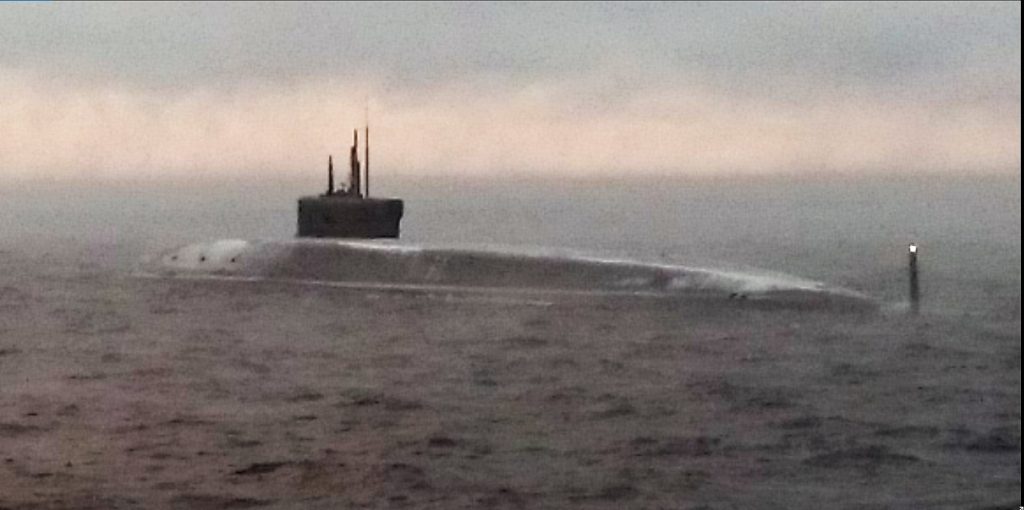
In a significant development, the South Korean Navy has commissioned its first Changbogo-III Batch-I diesel-electric powered submarine. The news assumes greater significance since the submarine has been developed and manufactured in the country itself. The submarine can launch tactical ballistic missiles and cruise missiles from underwater.
The Changbogo-III Batch-I submarine was handed over to the South Korean Navy on Friday, August 13 in the handover ceremony which was organized at the Okpo shipyard of Daewoo Shipbuilding and Marine Engineering Co. on the island of Geoje.
The submarine has been named “Dosan Ahn Chang-ho” in honor of the famous South Korean fighter for independence.
The commissioning was despite delays stemming from the coronavirus pandemic. The prototype of the submarine was built relatively quickly, highlighting the country’s shipbuilding capabilities.
Construction of the submarine began in May 2016, and sea trials took place in 2019. The submarine was designed and manufactured in South Korea and was not based on previously produced on-site designs.
Currently, the South Korean Navy uses submarines that are twice as small as the Changbogo-III; they are built under German license. South Korea has 9 Sohn Won-yil (Type 214 / KSS-II) which have a displacement of 1,860 tons along with 9 Chang Bogo (Type 209 / KSS-I) which have a displacement of 1,290 tons.
What helped South Korea built the new sub was the fact that of the 17 (out of 18) were produced locally at Hyundai Heavy Industries and Daewoo S&ME’s shipyards, thus the engineering staff had the appropriate experience and skills required to formulate and fulfill the technical and tactical requirements.
Thanks to these expertise South Korea managed to build a submarine which has a length of 83.5 m, and a width of 9.6 m and a displacement of 3,750 tons. The submarine is also equipped with 6 standard 533 mm caliber torpedo tubes, along with an additional 6 vertical launch tubes which can be equipped with Chonryong or Hyunmoo short-range ballistic missiles, which have a range of around 500 km, and which can be launched from underwater.
By 2023, South Korea expects to have at least 3 of these submarines. Seoul plans to spend around $2.7 billion (3.09 trillion won) to this end. By 2030, it aims to build a second tranche of the Changbogo-III Batch-II type.
Since most of the equipment and systems being sourced locally, indigenous components in the submarine is as high as 76%. This self-sufficiency is even greater in more sensitive systems, including in the production of lithium-ion batteries and the components of the AIP air-independent propulsion system.
The Changbogo-III Batch-I can reportedly remain submerged for 20 days without surfacing.




